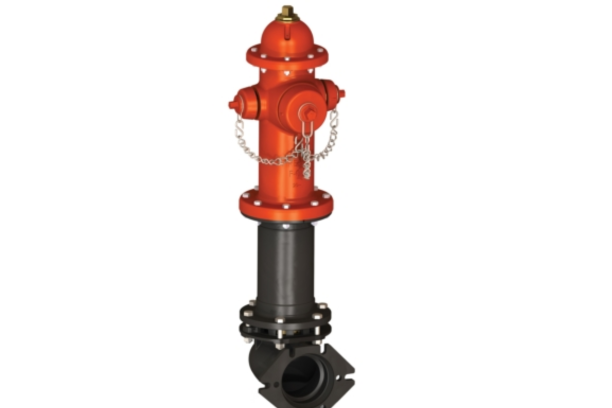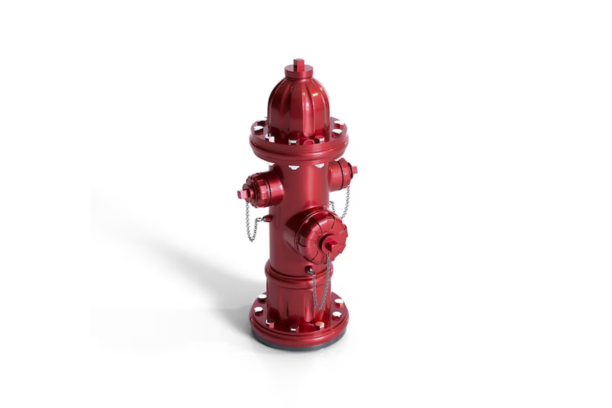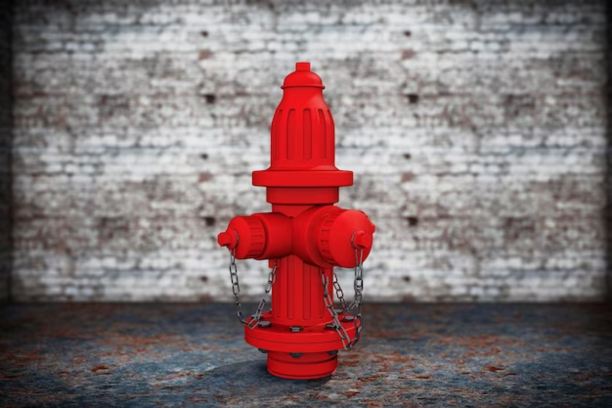
Fire hydrants are critical components of municipal water supply systems, designed to provide a readily available source of water for firefighters during emergencies. Among the various types of fire hydrants, dry barrel fire hydrants stand out for their ability to withstand freezing temperatures, making them ideal for regions that experience cold winters. In this blog, we will explore the mechanism of how dry barrel fire hydrants work, highlighting their unique features and benefits.

1. Design and Construction
Dry barrel fire hydrants are specifically engineered to prevent the water inside from freezing during cold weather. Unlike wet barrel hydrants, which have water in the barrel above the frost line, dry barrel hydrants store water below the frost line, where the ground’s natural warmth helps prevent freezing.
The key components of a dry barrel fire hydrant include:
a. Barrel: The barrel is the vertical pipe section of the hydrant that holds the water. In dry barrel hydrants, the barrel is empty until the hydrant is in use.
b. Main Valve: The main valve is located below the frost line, ensuring that it remains protected from freezing temperatures.
c. Drain Valve: Positioned below the main valve, the drain valve allows any remaining water in the barrel to drain out after use, keeping the hydrant dry and protected from freezing.
2. Operation
When a firefighter connects a hose to a dry barrel fire hydrant, the hydrant is activated for use. The process involves the following steps:
a. Opening the Main Valve: Turning the hydrant’s operating nut counterclockwise opens the main valve. This allows water to flow from the water supply system into the hose, ready to be used for firefighting purposes.
b. Closing the Main Valve: After the firefighting operation is complete and the hose is disconnected, the main valve is turned clockwise to close it. This action stops the flow of water from the hydrant.
c. Draining the Hydrant: Once the main valve is closed, any water remaining in the hydrant barrel is drained out through the drain valve. This drainage ensures that the hydrant remains dry, preventing freezing during cold weather.
3. Benefits of Dry Barrel Fire Hydrants
a. Freeze Protection: The primary advantage of dry barrel fire hydrants is their ability to resist freezing temperatures. This makes them invaluable in regions prone to harsh winters, where wet barrel hydrants may become inoperable due to ice formation.
b. Lower Maintenance: Dry barrel hydrants generally require less maintenance compared to wet barrel hydrants. The absence of water in the barrel reduces the risk of internal corrosion, extending the hydrant’s lifespan and reducing maintenance costs.
c. Reliability: Dry barrel hydrants are known for their reliable operation, ensuring that firefighters have quick access to water during emergencies. The design minimizes the risk of malfunctions, making them a dependable choice in critical situations.

Conclusion
Dry barrel fire hydrants are essential assets in ensuring fire safety in regions with freezing temperatures. Their unique mechanism, which stores water below the frost line and allows for drainage after use, provides reliable freeze protection. By understanding how dry barrel fire hydrants work, municipalities and firefighting agencies can make informed decisions about implementing these resilient and effective fire hydrants to enhance emergency response capabilities and protect communities from the devastating impact of fires.



